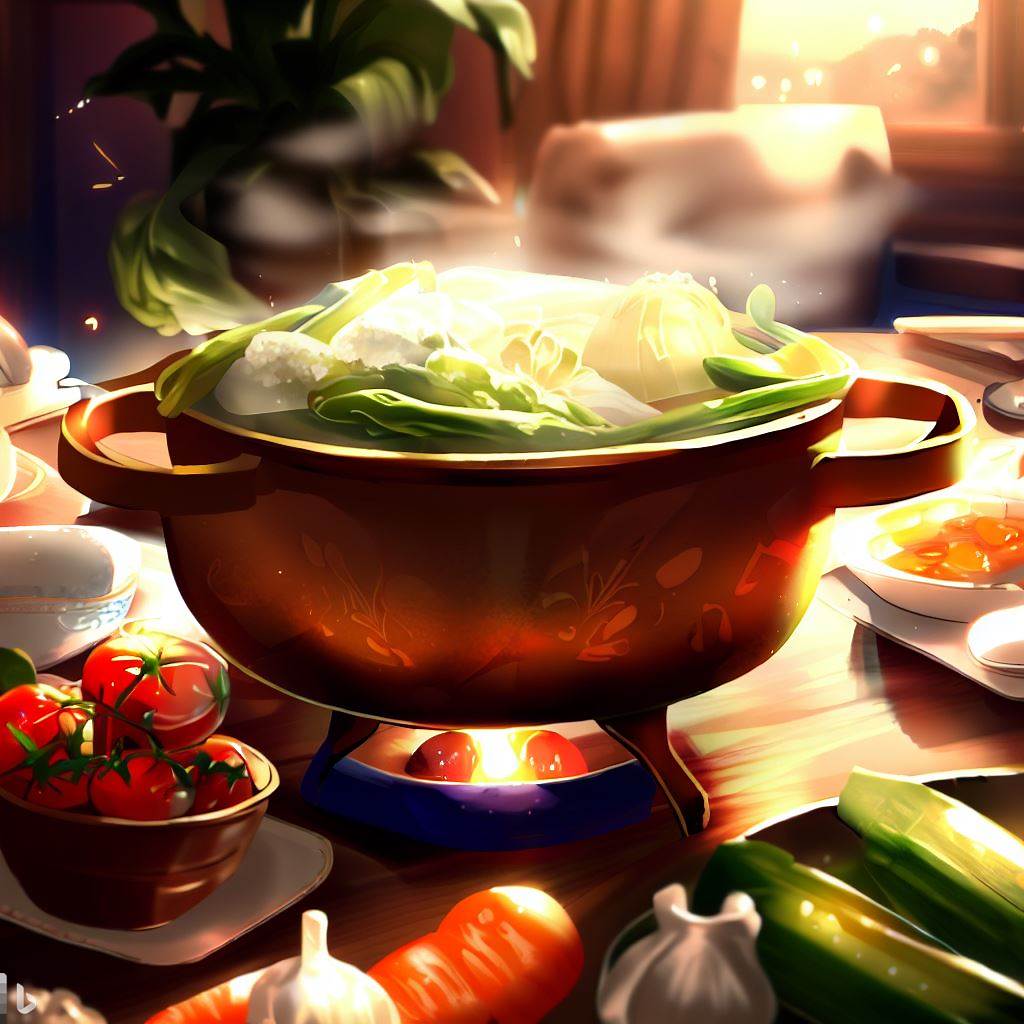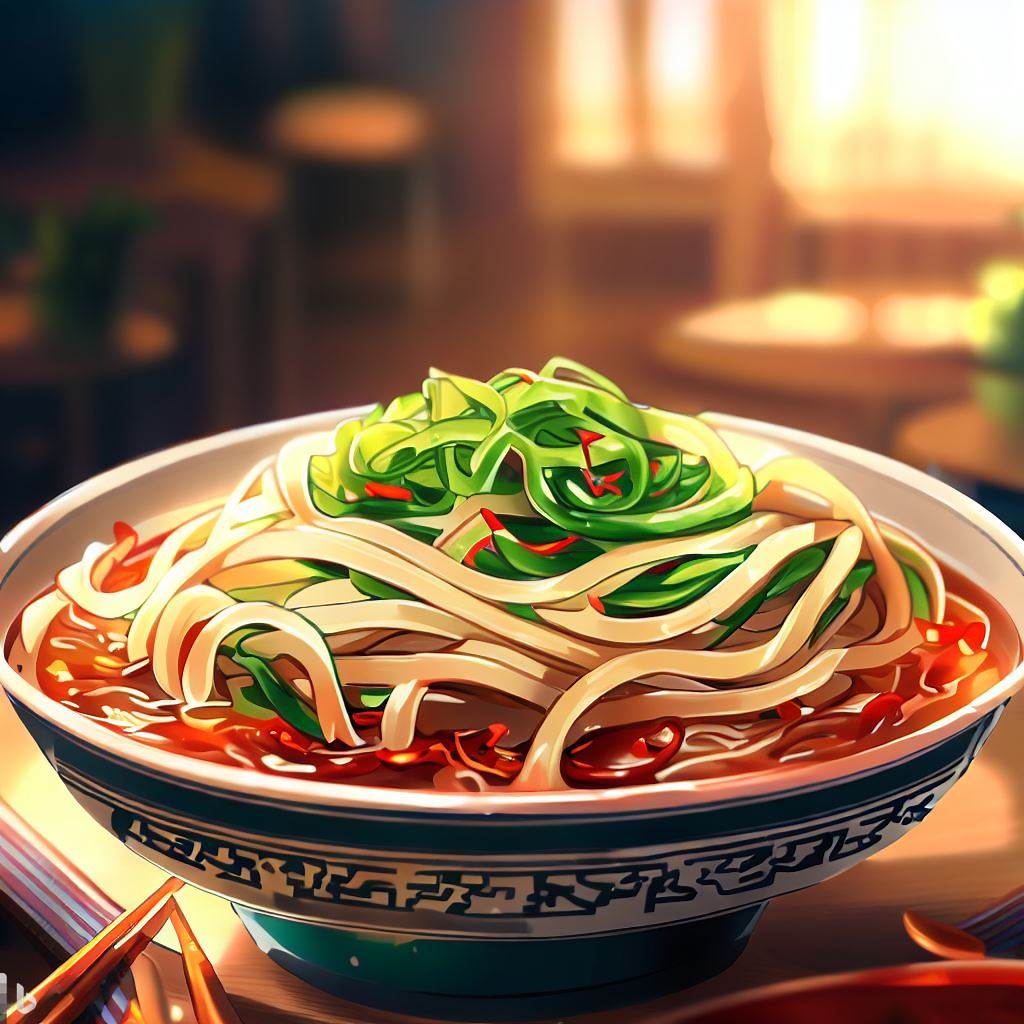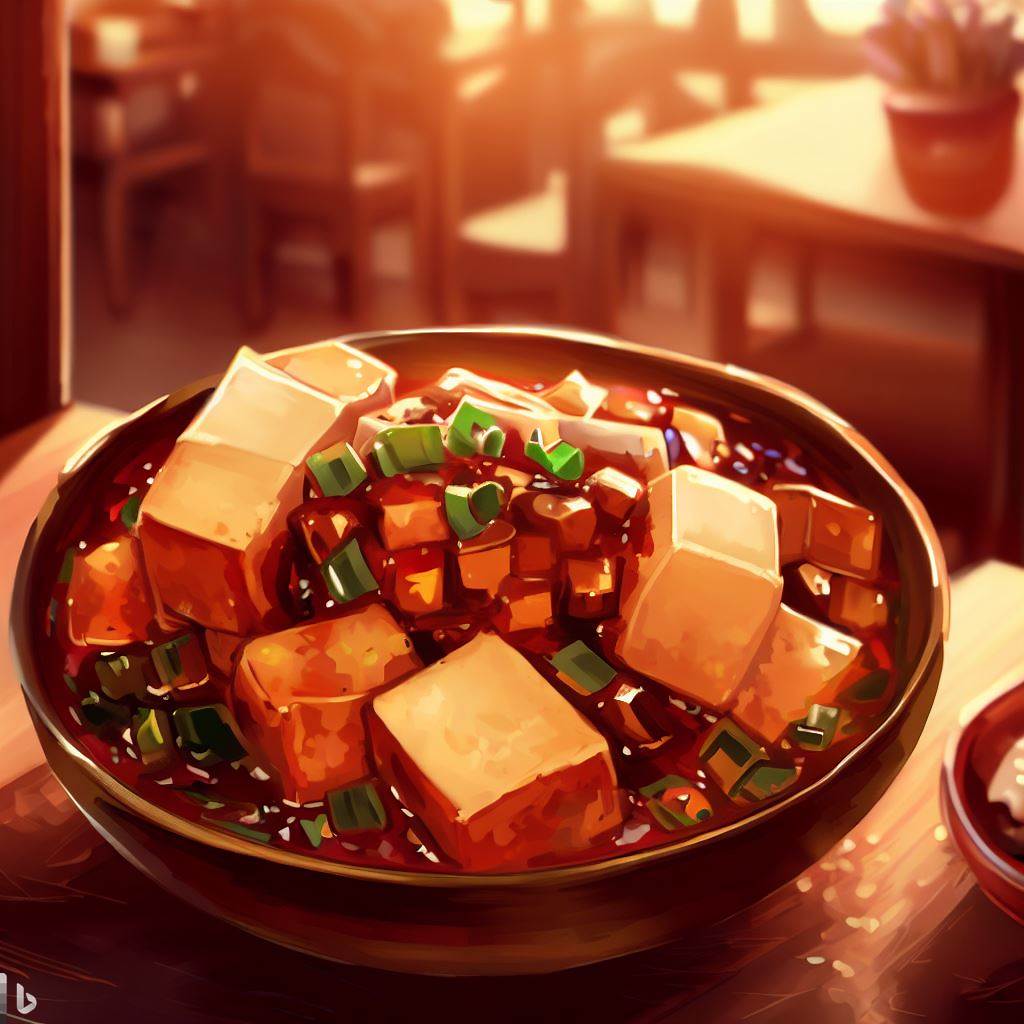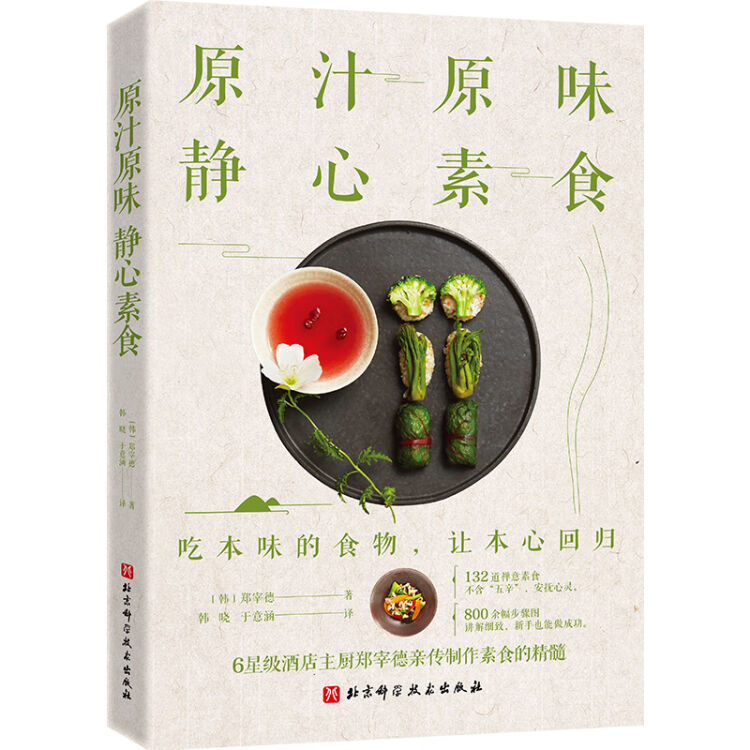I’ve been a vegan for over three years, and I’ve lived in Kunshan, Jiangsu, China, for the past two years. Adopting a vegan lifestyle is no trivial feat anywhere in the world, but it feels even more challenging here compared to Sweden, where I used to reside. Here’s what I’ve learned about being a vegan in China.
Finding Vegan Food in Restaurants
Recommended Restaurants
Restaurants that I recommend (see details below) include —
- Jiangsu Province
- Kunshan
- Zizai Ge/自在阁 (vegetarian buffet)
- Ziran Feng/自然风 (vegetarian buffet)
- Shufeng Small Hotpot/蜀风小火锅 (hotpot)
- Xibei/西贝 (north-western style)
- Kuafu Fried Skewers/夸父炸串 (fried skewers)
- Yanhuo Makes Skewers/烟火成串 (BBQ skewers)
- Suzhou
- Veggie Bar/兔蔬馆 (vegetarian)
- Lotus Veg Cafe/水中莲 (vegetarian)
- Sumanxiang/素满香 (vegetarian buffet)
- Kunshan
- Shanghai
- Duli/度粒 (vegetarian)
- Sichuan Province
- Chengdu
- Handou’s Kitchen/憨豆厨房 (vegan)
- Chengdu
Vegetarian Restaurants
Although Kunshan is a small city, it hosts two notable vegetarian buffets: Zizai Ge/自在阁 and Ziran Feng/自然风. A lunch buffet at Zizai Ge is priced at 38 RMB, while Ziran Feng offers one for 25 RMB. Additionally, Zizai Ge provides a dinner buffet with a pay-as-you-wish pricing model.
If you’re open to exploring neighboring cities such as Suzhou and Shanghai, you’ll find an abundance of vegetarian restaurants. My personal favorites include Veggie Bar/兔蔬馆 and Lotus Veg Cafe/水中莲 in Suzhou, as well as Duli/度粒 in Shanghai. These dining options could add a delightful culinary twist to your travels!
BTW, if you ever visit my hometown Chengdu, don’t miss the opportunity to dine at my favorite vegan restaurant in the city, Handou’s Kitchen/憨豆厨房. It offers the best vegan Sichuan cuisine I’ve ever had.
A great way to discover vegetarian restaurants is to search for 素菜 (vegetarian food) on Dianping (大众点评), a Chinese website similar to Yelp. Check out the results for Suzhou and Shanghai for a wide variety of options.
Noodles Restaurants

Suji noodles (素鸡面)
If you’re in the mood for a quick bite, noodle shops can be an excellent choice. The noodles are typically cooked in plain water and are therefore vegan. While most of the toppings may not be vegan, there are usually a few vegan options available, such as Veggie Chicken/素鸡, a type of firm-textured tofu.
Even if vegan options are not listed on the menu, don’t hesitate to ask the restaurant staff to prepare a bowl of veggie noodles. They are usually accommodating, and this simple request can transform your dining experience. For instance, during train travel, I used to be limited to a french fries-only diet. Now, I simply visit a noodle shop at the station, request noodles without meat, and am generally served exactly what I asked for.
Hotpot Restaurants

Hotpot (火锅)
Hotpot (火锅) is a Chinese meal featuring a pot of broth simmering on a stove, often an inductive stove in modern times. You place ingredients into the pot, cook them for a few seconds to a few minutes, and then eat. Originally from my home province of Sichuan, hotpot has spread globally, even to Canada and Europe.
The broth usually contains beef oil, but mushroom-based alternative is typically available. As for ingredients, a wide variety of vegan options such as various types of tofu and vegetables can be found.
My favourite hotpot restaurant in Kunshan is Shufeng Small Hotpot/蜀风小火锅. It offers a hotpot buffet for about 40 RMB. The unique aspect of this place is that you get a small pot just for yourself, unlike in standard hotpot restaurants, and the food is delivered to you via a conveyor belt.
North-Western Restaurants

Liangpi (凉皮)
Liangpi (凉皮) is a dish made of cold skin noodles crafted from wheat or rice flour. Originating from north-western China, this specialty dish has now spread throughout the entire country. Typically served with cucumber and purple cabbage shreds, chili oil, vinegar, and soy sauce, Liangpi is almost always vegan. It’s a refreshing and flavorful option that can be found at north-western style restaurants such as Xibei/西贝.
Breakfast Restaurants

Baozi (包子)
Baozi (包子), or steamed buns with fillings, is a popular street food often found in breakfast restaurants across China. Though most filings are meat-based, most places offer a few vegan options, with fillings like vegetables and mushrooms. These delicious, fluffy buns are a wonderful choice for breakfast.
Dumplings Restaurants

Dumplings (饺子)
Dumplings, a beloved staple in Chinese cuisine, are delicate pockets made from dough, usually wheat, that are stuffed with various combinations of meat, vegetables, and sometimes eggs. They can be boiled, steamed, or fried, offering different textures and flavors. While vegetarian options are widely available, it’s essential for those following a strict vegan diet to be cautious, as vegetarian dumplings in China usually contain eggs.
Skewers Restaurants

BBQ Skwers (烤串)
Chinese people enjoy skewers in a variety of ways, including skewers grilled, fried, or boiled in hot sauce. Usually, each skewer contains a single type of ingredient, so if you choose skewers without meat, you can enjoy a vegan skewer meal. Some local fast-food places that offer skewers include Kuafu Fried Skewers/夸父炸串, which specializes in fried options, and Yanhuo Makes Skewers/烟火成串, known for their BBQ skewers.
Other Restaurants

Mapo Tofu (麻婆豆腐)
When dining at standard restaurants, you’ll soon familiarize yourself with common vegan dishes such as:
- Mapo Tofu (without ground pork) (素麻婆豆腐)
- Three Treasures of the Earth (地三鲜)
- Hot and Spicy Soup (麻辣烫)
- Dry Fried Beans (干煸四季豆)
- Garlic Broccoli (蒜蓉西蓝花)
- Sweet and Sour Cabbage (酸甜洋白菜)
- Sauteed Bok Choy (清炒小白菜)
- Chinese Scallion Pancakes (葱油饼)
- Shredded Potato Stir-Fry (土豆丝)
Please note, some dishes, such as Mapo Tofu, traditionally contain ground pork, but it’s often possible to request the chef to leave it out. Most restaurants are accommodating in this regard.
Cook Your Own Food

Vegan cook book
Another viable option, especially for those seeking control over ingredients and flavors, is to cook for yourself. You can find an abundance of Chinese recipes on websites like Xiachufang (下厨房). I myself have even shared a recipe for cooking the classic dish, Mapo Tofu, here.
More recently, I discovered a Korean vegan cookbook called “Yuanzhi Yuanwei Jingxin Sushi” (原汁原味静心素食) this summer and have enjoyed several of the recipes. This path allows for culinary exploration, creativity, and a mindful connection with the food we eat.
Order Vegan Meal Delivery

Vegan BBQ skewers
Apps like Ele.me (饿了么) and Meituan (美团) have broadened the horizon for those seeking vegetarian and vegan options in China. These platforms allow you to order food deliveries from local restaurants, and although choices may be limited, menus often do include a vegetarian section. I often order BBQ skewers with vegetables and tofu.
Buy Vegan Food Online

Vegan Burger
For those craving more specialized vegan delights, I’ve found that online shopping sites such as Taobao or JD are a treasure trove. I personally recommend exploring the plant-based products produced by the company “Whole Perfect Food” (齐善食品), such as their smoked vegan sausages, known for their delightful taste. I’ve enjoyed them myself!
As for Western-style vegan food, such as vegan burgers, there is Beyond Meat burgers sold on JD. There’s also a WeChat mini app called ButlerWhite that I’ve used, which sells similar products like vegan burger, bread, spread, etc.
Some Extra Tips
Be Patient with People

Understanding differing perspectives on veganism
When I first returned to China and embraced veganism, my mother was perplexed, as meat and seafood were once rare treats in her experience. However, my consistent commitment to avoiding animal products led her to accept my choice, and she even adopted a mostly vegan diet herself.
My advice to fellow vegans in China is to practice patience with those who may not understand your choice. Stay true to your beliefs, and others will likely respect your decision, even if they don’t fully comprehend it.
Remember Why You Became a Vegan

Navigating the challenges of veganism
Before moving back to China, I optimistically believed that finding vegan food would be relatively easy, given the absence of dairy in most traditional Chinese dishes. However, I soon discovered that the reality was more complex. Many menus are dominated by meat and seafood, with only a handful of vegan options, and even those may include eggs.
This challenge is accentuated when traveling on high-speed trains, where vegan options are rarely available, often leaving fast-food french fries as the only choice.
Despite these hurdles, it’s essential to remember why you chose this path and stay committed to your principles. Your reasons for being vegan can guide you through the complexities and keep you grounded in your choices, even in a new and different culinary landscape.
Embrace Forgiveness and Keep Going

Every vegan meal is a win!
Embracing veganism is a journey filled with challenges, especially in parts of the world where it’s not yet mainstream. Mistakes are inevitable, and it’s essential to remember that being vegan isn’t about perfection; it’s about compassion for animals.
If you stumble along the way, don’t be too hard on yourself. Acknowledge the misstep, learn from it, and continue your journey with renewed determination. Every effort, no matter how small, contributes to making the world a better place. So celebrate your victories, like that plant-based lunch on Monday, and keep moving forward with grace and understanding.
